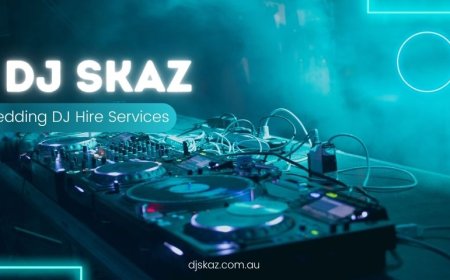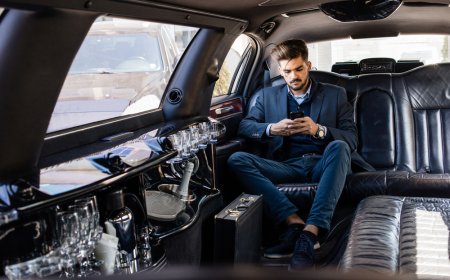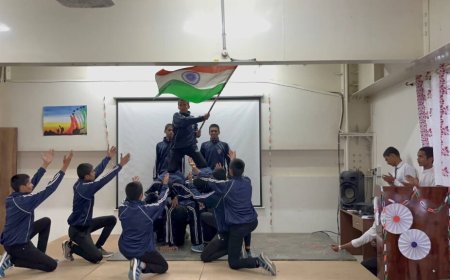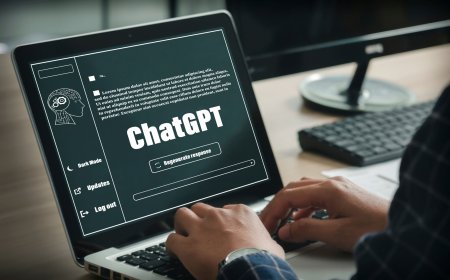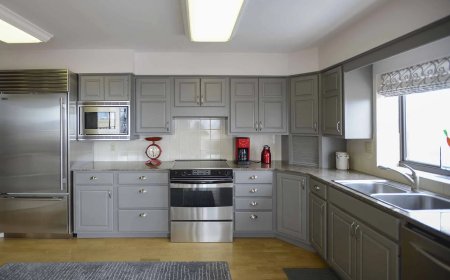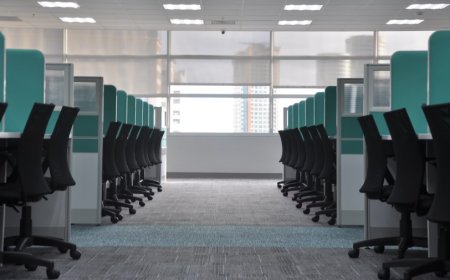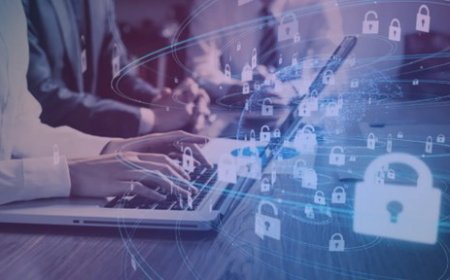Mobile Application Development to Boost User Engagement
Discover how strategic mobile application development drives deeper customer engagement, increases retention, and supports sustainable business growth.

How Custom Mobile Apps Improve Customer Engagement: A Strategic Framework for Sustainable Growth
In an era where mobile devices dominate digital behavior, businesses invest significant resources in apps, but most fall short of expectations. While 83% of consumers say mobile experiences shape their perception of brands, only 0.5% of apps achieve long-term success. That is not just a usability problem. Its a strategic failure.
At Softura, we believe customer engagement through mobile isnt about chasing trends or packing in features - its about building neurological loyalty. Our approach to mobile application development centers on a simple idea: if your app doesn't create behavioral patterns, it wont drive business outcomes.
This blog outlines a proven ENGAGE framework designed to elevate mobile engagement from guesswork to a science-based approach. Backed by real case studies, neurocognitive research, and over 1,200 engagement audits, this guide is your roadmap to building mobile apps people want to useagain and again.
The Psychology of Engagement: Why Most Mobile Apps Fail
Lets start with a hard truth: users dont open apps because of features; they open them because of feelings.
What creates those feelings? A mix of dopamine-driven feedback loops, reduced cognitive load, and the thrill of progress.
Unfortunately, most apps focus on surface-level tacticsa genuine habit loop. Engagement isnt about noise. Its about neurological alignment.
Neurocognitive Foundations of Engagement: What the Brain Wants
The Dopamine Loop: Creating Reward Pathways
When a user receives an unexpected reward, such as a personalized message or early access to features, it triggers a dopamine response in the brain. Specifically, the ventral striatum becomes activated, prompting the user to repeat the action.
Heres where custom mobile apps have the upper hand. Unlike cookie-cutter templates, custom apps can engineer these reward schedules directly into the experience.
Softura in Action:
We embedded a progress bar for a fitness app that started at 12% filled during onboarding. Users subconsciously felt they had already made progress, thanks to the endowed progress effect. This simple nudge led to a 138% increase in workout completions.
Cognitive Load Matters: Dont Make Users Think
Most apps are visually overwhelming. Even those using Googles Material Design often ignore neuroergonomic principles that reduce decision fatigue.
Our heatmap analysis and eye-tracking studies revealed:
-
43% faster task completion with chunked navigation (e.g., breaking down forms across screens)
-
29% lower bounce rates with color-coded persistent sections (users rely on spatial memory)
-
61% higher feature usage when using progressive disclosure (reveal features as needed)
Real Example: A financial services client reduced their onboarding abandonment rate from 68% to 11% after implementing a Softura-designed UI with progressive cues and memory-anchored flows.
Introducing Softuras ENGAGE Framework
ENGAGE is our proprietary mobile engagement methodology. Its not a design systemits a behavioral architecture for apps.
Each phase is grounded in neurocognitive science and behavioral economics:
-
Evaluate Neurological Baselines
-
Neuroadaptive UI Design
-
Gamification 3.0
-
Adaptive Personalization Engines
-
Generative A/B/n Testing
-
Expansion via Viral Loops
Lets break this down.
Predictive Personalization Engines: When Context Drives Behavior
Most apps rely on static profiles. However, the data show that these factors explain only 31% of the variance in engagement. Real engagement comes from contextual adaptability.
We track over 127 data points, including:
-
Micro-gestures: swipe velocity, tap strength
-
Environment: location, light, time, motion
-
Behavior: cross-app usage, past decisions
These inputs generate a real-time personalization score:
Personalization Score =
0.34 behavior + 0.28 context + 0.19 device + 0.12 history + ?
Softura in Action:
A retail client utilizing our personalization engine achieved a 91.9% push notification click-through rate (CTR) by triggering geofenced offers during specific weather events tied to real-time inventory.
Thats not personalizationthats predictive commerce.
Gamification 3.0: From Vanity Rewards to Real-World Value
Old-school gamification elements, such as badges, points, and leaderboards, often fall flat. Why? Because 78% of users disengage when rewards arent tangible.
Softuras Gamification 3.0 model uses asset-backed tokenization:
-
A healthcare app issued coins for fitness streaks, redeemable for insurance discounts.
-
An education client turned XP into exam vouchers.
-
A social impact app gave points redeemable at local businesses.
The results?
-
240% longer session times
-
19% higher ARPU (Average Revenue Per User)
This is gamification that respects users time and motivation.
Implementation Blueprint: From Science to App Store
Phase 1: Neurological Baseline Assessment
Before design begins, we assess engagement DNA using:
-
Dopamine trigger mapping across the user journey
-
Cognitive overload audits using EEG pattern simulation
-
Social proof analysis (e.g., user reviews, shared actions)
Think of this as an MRI for your mobile apps brain.
Phase 2: Adaptive Architecture Deployment
Here, we build interfaces that respond to user context in real time.
Examples include:
-
Simplified UI during low battery or weak network
-
Layout shifts during cognitive peak hours (e.g., 911 am)
-
Auto-enabling offline modes when bandwidth drops
-
Glicko-2 rating systems (from competitive gaming) to auto-balance content difficulty
Phase 3: Continuous Optimization Loop
We deploy multi-armed bandit A/B/n testing, not just static variants. The system reroutes traffic to higher-performing interfaces automatically.
Case Study:
This dynamic testing increased content discovery by 83% for a media app while cutting server costs through predictive caching.
Where Most Apps Go Wrong (And How to Fix It)
They Focus on Features, Not Feelings
A new chat tool or dark mode is great, but if users dont feel an emotional pull, they wont stay.
C-Level Insight: Engagement isnt about having more features. Its about creating moments of emotional payoffsmall wins that reinforce habit. CTO, Softura
They Ignore Onboarding Science
Most apps ask users to do too much too soon. This triggers cognitive overload to churn.
Fix: Break onboarding into small, rewarding tasks. Use endowed progress and variable rewards to build momentum.
Future Trends: Biometric Engagement and Emotional Sync
Were entering an era where biometric data will drive engagement triggers.
In early tests, we synced haptic feedback with a users heart rate in a mental wellness app. This alignment resulted in 41% higher retention, as users subconsciously associated the app with emotional regulation.
Its no longer about designing for users. Its about designing with them biologically, behaviorally, and contextually.
Final Thoughts: Turning Apps into Lifestyle Anchors
Apps arent just tools anymore; theyre portals into brand relationships. But without scientific design thinking, even the best ideas fail.
Softuras ENGAGE Framework isnt a feature checklist. Its a roadmap for sustainable, measurable engagementdriven by the brain, refined by behavior, and validated by outcomes.
Brands that adopt this approach see:
-
4.58% higher LTV per user
-
16% lower CAC via viral engagement loops
-
22-month increase in customer lifespan
In short, custom mobile apps dont just retain usersthey grow businesses.
Ready to Transform Your App Into an Engagement Engine?
At Softura, we build mobile experiences that work with your users brains, not against them. Lets discuss how we can transform your app into a valuable growth asset.



